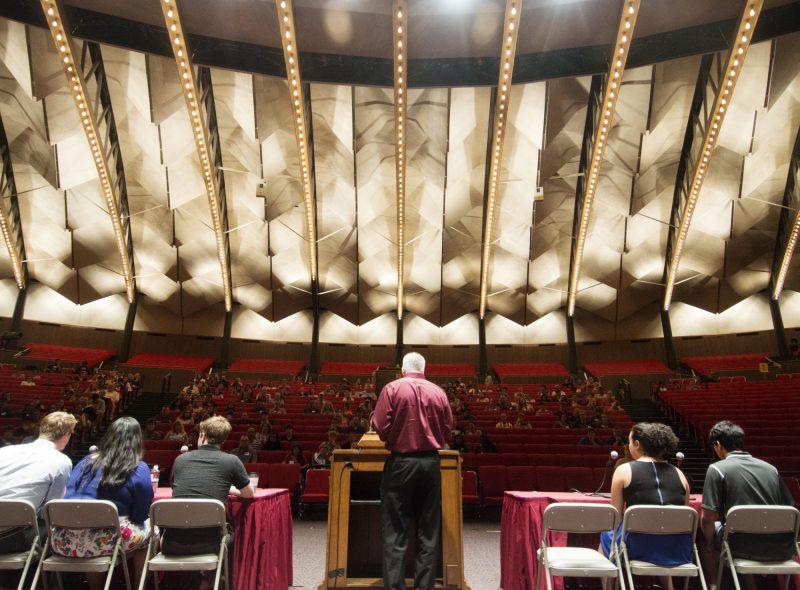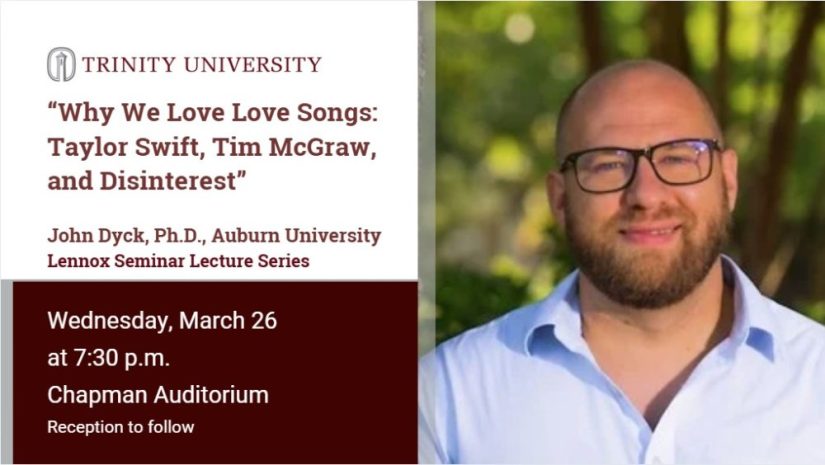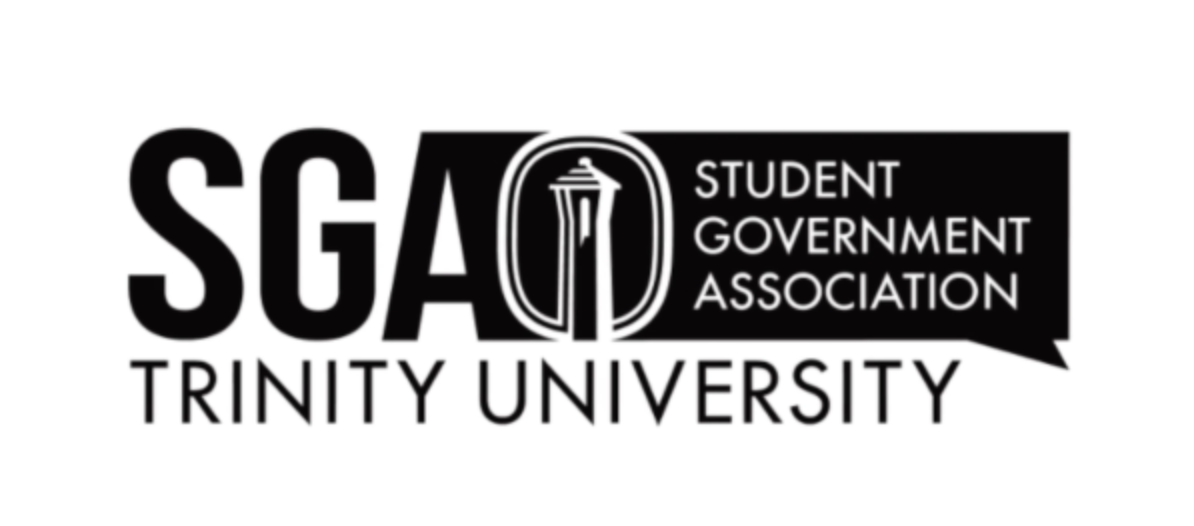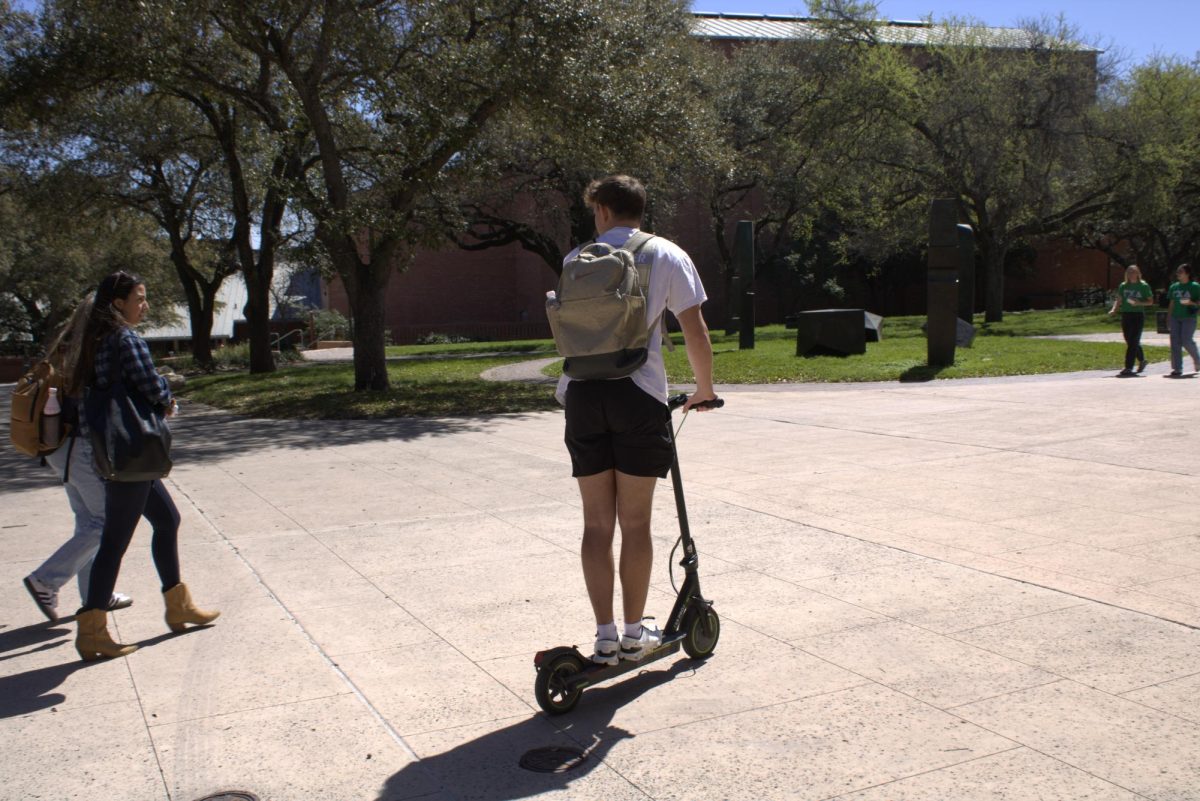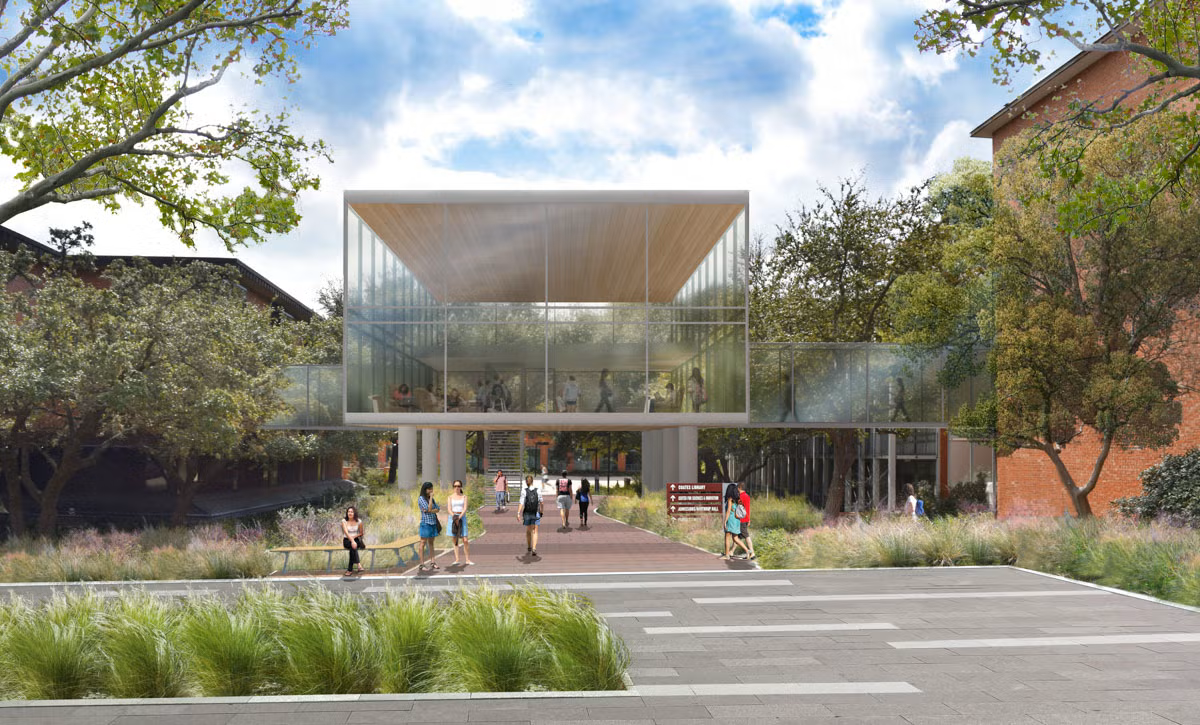This past Saturday, 689 people, including 268 prospective students, attended Trinity in Focus (TIF), an event that shows off Trinity’s campus to prospective students and their families.
Aspen Gonzales, the associate director of Campus Visit Experiences, and Vanessa Leyva, the Visit and Event manager, are the two main organizers for Trinity in Focus events. According to Gonzales, the TIF days in the fall semester tend to be smaller events than the TIF days in the spring.
“It’s in the ballpark of one of our largest events, which have all occurred in the last few years,” Gonzales said. “This one being as big as it was, not only was it an anomaly because it was on the larger end of the spectrum, it was also larger in general than it usually would be.”
The unexpected size of this event caused some adjustments to be made before the event. The exact number of people registered to attend isn’t established until about one and a half weeks to two weeks before the event.
“We knew it was kind of trending larger, but we didn’t realize how large it was going to end up because a lot of the registrations don’t come until the very end,” Gonzales said. “So Vanessa and I had to do some quick work the last two weeks to change some of the sessions.”
There has been a recent increase in numbers of people coming to TIF events, and — according to Gonzales — interest in the university is increasing in correlation with good marketing for Trinity.
“I think there’s demand for the university, just as we’ve seen through the application increases,” Gonzales said. “I think we’re doing a more efficient job of communicating both internally in our office, but also marketing has really been assisting with showcasing various events through some of their marketing campaigns.”
Sophomore Jack Braley, a Trinity tour guide, was told by the admissions office that the tour he gave for TIF will probably be one of the largest tours he’ll ever give.
“I think students are originally interested in Trinity because of the small school atmosphere and the ability to build relationships with professors,” Braley said. “But as they come and see the campus, I think they start to get a feel for what it’s like socially.”
All of the admissions office staff — about 30 people — and anywhere between 50 to 60 faculty members work together to make TIF possible.
“I think generally what people don’t realize is the number of people it requires to put this program on,” Gonzales said. “The more people it is the more we require of other people.”
Along with faculty and staff, students played their role in helping out TIF organizers. All the student tour guides, except for those with extenuating circumstances, worked on Saturday.
“We have approximately 30 tour guides, and we had 26 help us out with the program,” Leyva said. “All of our student assistants that help in the office help out a lot.”
Trinity’s campus is designed for a small class size and has few large facilities. There are only a few spaces that seat over 100 people while this event accumulated almost 700 people.
The usual design of TIF is every student and their parents attend the Academic Faculty Fair and then attend one of about 10 different academic breakout sessions right after. Then, everyone goes to Mabee Dining Hall to have lunch.
“What we had to do this time was request other people to be flexible, so all the presenters [at the fair],” Gonzales said. “We did a shoutout to various faculty members asking them if they would be willing to delay [their breakout session] by about an hour, so they increase their time on campus for the day.”
About a third of the attendees ate lunch first and then attended the few delayed breakout sessions. The rest of the attendees went to the regularly scheduled breakout sessions and then went to lunch.
“It ends up kind of taxing the existing resources on campus whether it’s facilities or people,” Gonzales said. “[Various faculty members] and several students all willing to delay their whole day by a little bit to help us out.”
Gonzales and Leyva had to get in contact with all kinds of people, including faculty, TUPD, Aramark and others to plan this event.
“So if you’re looking at the impact that it has across a lot of different [areas], we pretty much tap into almost every resource that we can on campus,” Gonzales said. “So it does require a lot of generosity from the campus community to really make it go efficiently and smoothly.”
The next TIF is scheduled for Nov. 10.

